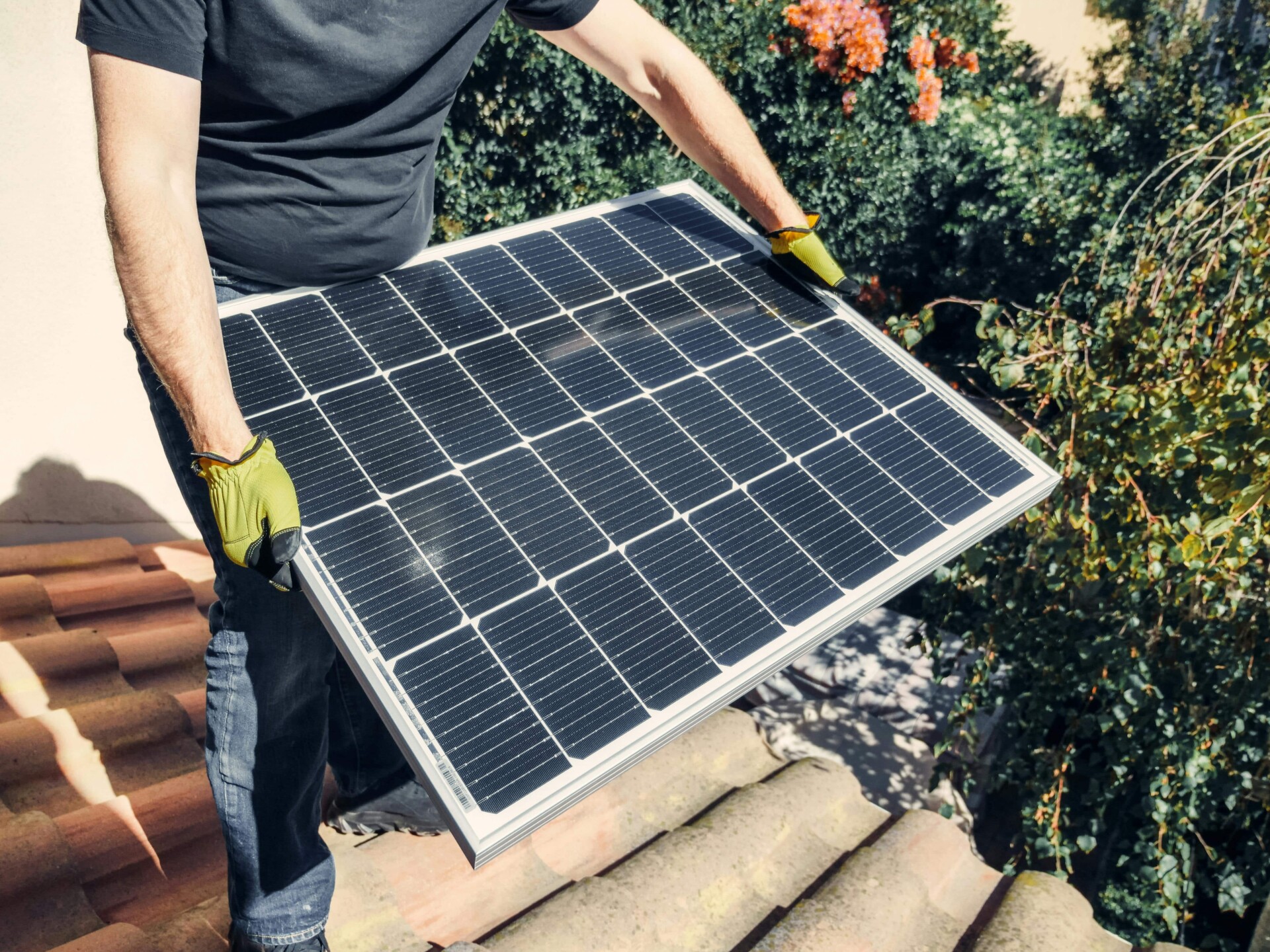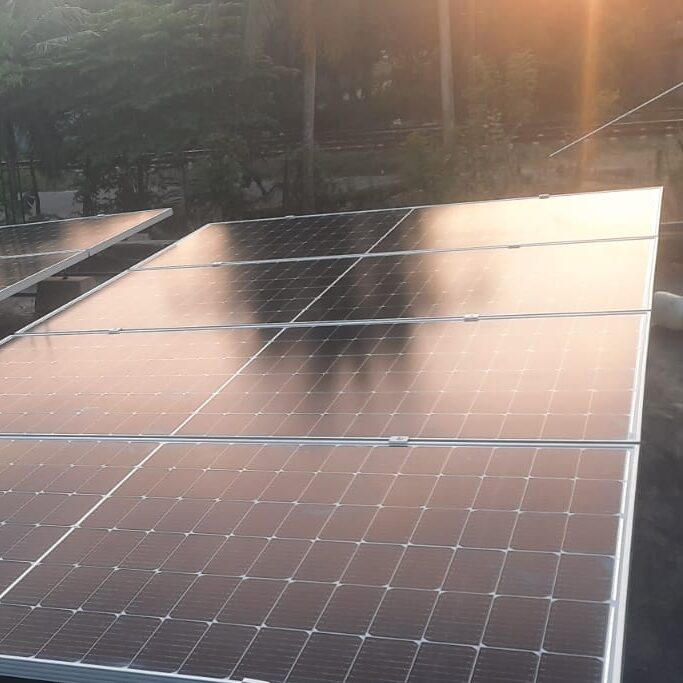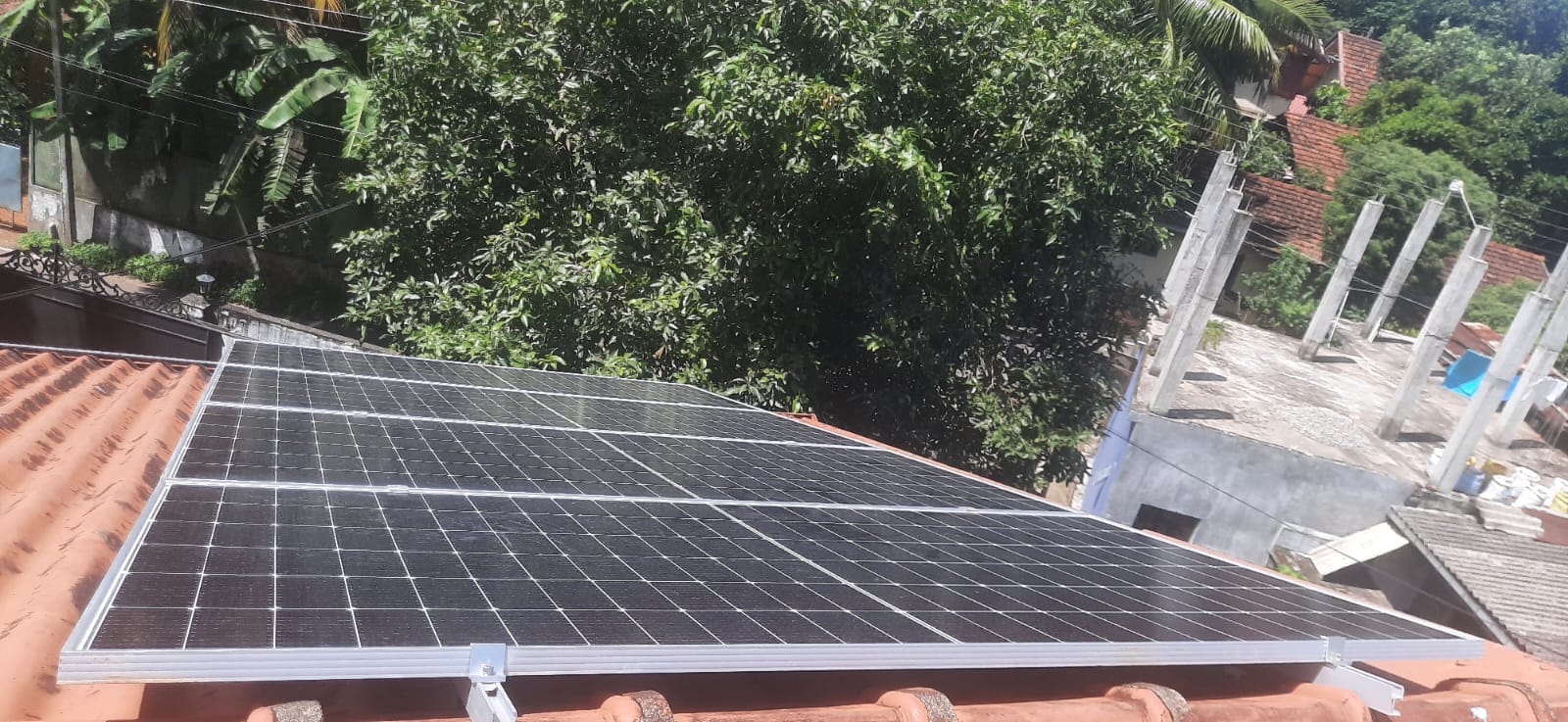Solar System Installing typically refers to the process of setting up a solar power system for a home or business. This system includes solar panels and other components that capture sunlight and convert it into electricity. Here is a breakdown of the main steps involved in installing a solar power system:
Steps to Install a Solar Power System
- Site Assessment and Planning
- Evaluate Roof Condition: Ensure the roof is in good condition and can support the solar panels.
- Solar Potential Assessment: Assess the location’s solar potential, including sunlight exposure, shading, and roof orientation.
- System Design: Design the solar power system, determining the number and type of panels, inverter type, and battery storage if needed.
- Permitting and Paperwork
- Obtain Permits: Apply for the necessary permits from local authorities.
- Utility Approval: Get approval from the utility company, especially if you plan to connect the system to the grid.
- Installation of Mounting System
- Mounting Structure: Install the mounting structure on the roof or ground where the solar panels will be placed. This structure should be tilted at an angle to maximize sunlight exposure.
- Solar Panel Installation
- Panel Placement: Attach the solar panels to the mounting structure.
- Wiring: Connect the solar panels using appropriate wiring to form an array.
- Electrical Components Installation
- Inverter Installation: Install the inverter, which converts the DC electricity produced by the panels into AC electricity for use in the home.
- Battery Storage (Optional): Install a battery storage system if included in the design.
- System Connection
- Electrical Wiring: Complete the electrical wiring to connect the inverter to the electrical panel.
- Grid Connection: If the system is grid-tied, connect it to the utility grid following local regulations.
- Inspection and Testing
- System Inspection: Have the system inspected by local authorities and the utility company to ensure it meets all regulations and safety standards.
- System Testing: Test the system to ensure it operates correctly and efficiently.
- Monitoring and Maintenance
- Monitoring System: Set up a monitoring system to track the performance of the solar power system.
- Regular Maintenance: Perform regular maintenance to ensure the system operates efficiently, including cleaning the panels and checking connections.
Benefits of Solar Power Systems
- Reduced Electricity Bills: Solar systems can significantly reduce electricity costs.
- Environmental Impact: Solar power is a clean, renewable energy source that reduces carbon footprint.
- Energy Independence: Generating your own electricity can reduce dependence on the grid.
- Increased Property Value: Homes with solar power systems can have higher property values.
Considerations
- Initial Cost: The upfront cost of installation can be high, though various incentives and financing options are available.
- Weather Dependence: Solar energy production can be affected by weather conditions and seasonal changes.
- Space Requirements: Adequate space is needed for the solar panels, either on the roof or on the ground.

By following these steps and considering the benefits and challenges, you can successfully install a solar power system that meets your energy needs and contributes to a more sustainable future.







Leave a Reply